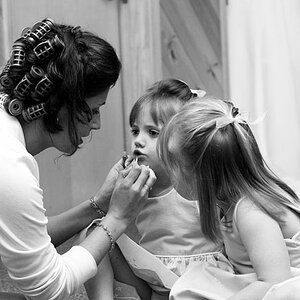AmberAtLoveAndInk
No longer a newbie, moving up!
- Joined
- Dec 15, 2013
- Messages
- 371
- Reaction score
- 98
- Location
- Carol Stream, IL
- Website
- www.loveandinkphotography.com
- Can others edit my Photos
- Photos NOT OK to edit
Anyways the OP never mentioned 20 foot ceilings. Secondly I think that adding the difficulty of using a bracket for someone who has never shot a wedding would be too much. My suggestion of bouncing the flash and skipping the diffuser was in an attempt to have her focus on the basics rather than over complicate things. Lastly she doesn't have the budget to buy a bracket and cord.
I'm not sure about the ceiling height and I'm a pretty quick learner when it comes to things I'm interested in. I think I could learn to use a bracket successfully over the next two months. For budget, in my previous post about renting a lens for the free wedding, my budget is zilch simply because I am not getting paid for any of my work and buying an L lens is not an option at the moment, however, when it comes to equipment that I can use for as long as I like and doesn't involve three 0's I'm pretty open to my spending. I know nothing of course, which is why I posted this thread but from all of what I read here and other sources online I see no reason NOT to get a bracket, especially with the ISO I have on a 60D. I'll be using a flash more often than not indoors and this seems like a good option for me.
Thanks again everyone for taking your time to reply to my threads and giving me your words of wisdom. I do believe I am starting to enjoy this forum and am getting familiar with everyone's argumentative/playful banter


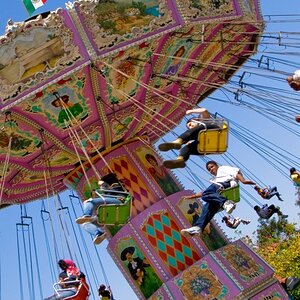

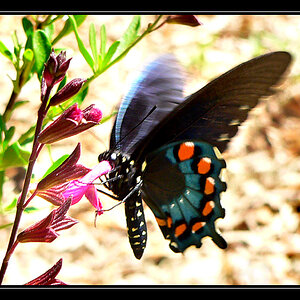
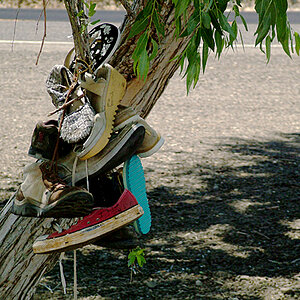
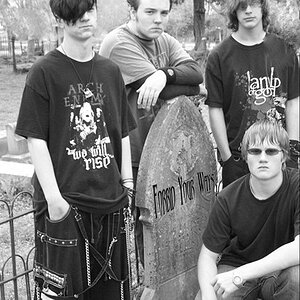
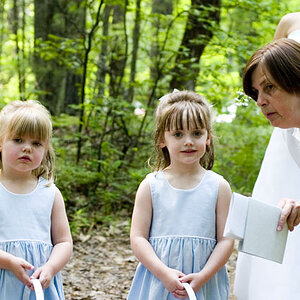
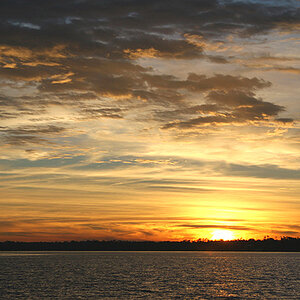
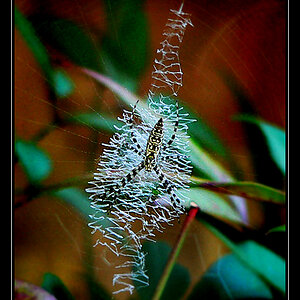

![[No title]](/data/xfmg/thumbnail/41/41930-3f8741ecabbbfd4d67ade3e339078814.jpg?1619739946)
